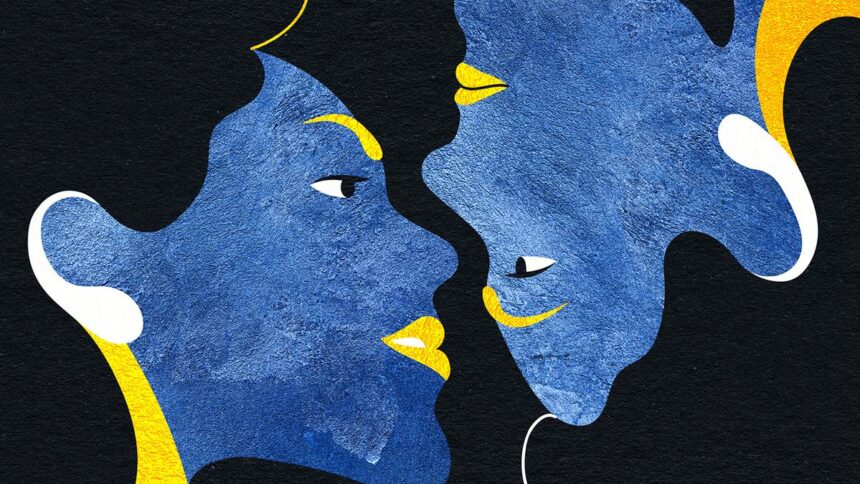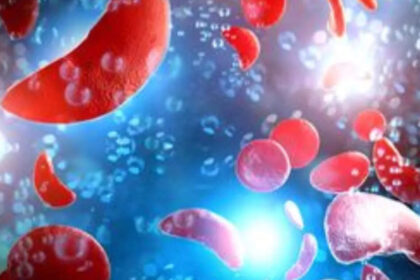The Human Fascination with Erotic Imagery: A Modern Evolution
The human fascination with erotic imagery is ancient, but never before in history could humans instantly access, stream, and interact with vast oceans of visually stimulating erotic material—free, anonymous, and available twenty-four hours a day. Today, an ordinary person can access more bodies, fantasies, and acts than a medieval king could dream of in his harem.
The human brain is wired to respond to novelty in sexual mating. The Coolidge effect is a unique mammalian behavioral pattern that refers to the biological tendency to be re-stimulated by a new mate or stimulus. Modern pornography capitalizes on this evolutionary trap with endless scrolls, categories, and ever-changing scenarios. It is not just about arousal; it is about novelty. This novelty acts as a supranormal stimulus, referring to artificially enhanced stimuli that hijack natural reward systems.
Globally, studies suggest that pornography consumption is more prevalent among males than females, with self-reported surveys indicating that approximately 60–70% of young men and around 30–40% of young women engage in regular viewing. However, these numbers vary widely by age, cultural context, and methodology. The most reliable study to date—a nationally representative Australian survey—found that 4.4% of men and 1.2% of women "considered themselves addicted to pornography."
India lacks large-scale, peer-reviewed research on pornography use. Much of the available data is based on self-reporting that is prone to bias.
The Line Between Habit and Harm
Pornography use is not classified as an addiction by the Diagnostic and Statistical Manual of Mental Disorders 5 & the International Classification of Diseases (ICD-11). The ICD-11 does acknowledge ‘Compulsive Sexual Behaviour Disorder’, which includes persistent and distressing patterns of sexual behavior like porn use, but places this under impulse control disorders, not addictions. This hesitation reflects a deeper scientific dilemma: where do we draw the line between habit and harm, between high-frequency use and clinical pathology?
The difficulty in categorisation begins with the elusive nature of the behavior itself. In the case of substances like alcohol or nicotine, thresholds can be defined in grams, blood levels, or measurable physical harm. With porn, the metric is psychological: does it interfere with daily functioning, does it cause distress, does it lead to compulsive patterns? The model includes impaired control (such as cravings or failed attempts to stop), functional impairment (neglect of work, studies, or relationships), and risky use (continuing the behavior despite adverse consequences).
This is further complicated by the fact that porn is sensory stimuli, not a physical drug like tobacco nor a tangible engagement like gambling. It doesn’t require a casino, partners or money; unlike alcohol, it doesn’t leave a smell or a hangover. All it needs is a smartphone and a closed door. This ease of access powered by the digital revolution makes porn consumption nearly frictionless. This invisibility makes it harder to measure, regulate, and study. The scientific community faces another challenge: there is no real control group or animal model. With the explosion of internet access post-2000, nearly all adolescents and young adults today have been exposed to pornographic content, often before they experience partnered intimacy. In this sense, our generation lacks a "control group" or "baseline," making it impossible to determine the long-term psychological effects of this exposure. When everyone smokes, lung cancer becomes normal.
Unlike substances that can be tested in animal models to study addiction pathways, pornography—being a visual and cognitive experience unique to humans—cannot be replicated in lab rats or monkeys. There is no rodent equivalent of compulsively watching or endlessly scrolling through nude mates. This absence of animal models has hampered the routine route of scientific enquiry and stalled the progress of understanding porn consumption.
Porn Use and the Brain
Neurobiological evidence about porn use is accumulating. Functional MRI studies have shown that people with compulsive porn use display altered activity in brain regions involved in reward processing, such as the ventral striatum and amygdala. Repeated exposure to high-stimulation erotic content results in what neuroscientists call "sensitisation"—heightened response to cues—and "desensitisation"—the need for more extreme or novel content to feel the same level of arousal. Over time, changes in the prefrontal cortex may weaken impulse control, mirroring what is seen in substance use disorders.
These structural and functional changes are mediated by key neurotransmitters: dopamine, which regulates pleasure and reward; glutamate, which governs learning and habit formation; and serotonin, which modulates mood. Just like alcohol or cocaine, pornography also appears to rewire the brain. Clinically self-reported porn consumers reported heightened anxiety, insomnia, poor concentration, irritability, and relationship dissatisfaction. There is also growing concern about body image issues, unrealistic expectations about sex, and emotional detachment in intimate relationships.
An Ongoing, Natural Experiment
In epidemiology, natural experiments refer to large-scale phenomena not designed or controlled by scientists but observed historically to understand their impact. The widespread and unregulated consumption of digital pornography may be such an experiment. Just as Marie Curie worked with radioactive isotopes before understanding the dangers, or as Hollywood once glamorised cigarette smoking as a symbol of sophistication, we may be living through a phase of cultural naivety. We are normalising a behavior whose long-term effects on brain development, social bonding, and emotional regulation we have yet to understand fully.
No fixed threshold can define "what’s too much," but science agrees that the brain is malleable. Whether this adaptation is healthy or harmful depends on the context, the individual, and the consequences. But as researchers continue to debate, as platforms continue to evolve, and as generations continue to consume, one thing becomes increasingly clear—we are in the midst of one of the largest unregulated psychological natural experiments in human history. And the results may take decades, if not longer, to fully unfold.
The Madras High Court Judgment
The Madras High Court judgment appears well-aligned with existing medical consensus. Whether future evidence shifts this perspective remains uncertain, but for now, labelling porn use as cruelty lacks the clinical backing needed for such a legal conclusion, even though consuming it is not advisable.
Conclusion
The human fascination with erotic imagery is ancient, but never before in history could humans instantly access, stream, and interact with vast oceans of visually stimulating erotic material—free, anonymous, and available twenty-four hours a day. Today, an ordinary person can access more bodies, fantasies, and acts than a medieval king could dream of in his harem. The human brain is wired to respond to novelty in sexual mating. The Coolidge effect is a unique mammalian behavioral pattern that refers to the biological tendency to be re-stimulated by a new mate or stimulus. Modern pornography capitalizes on this evolutionary trap with endless scrolls, categories, and ever-changing scenarios. It is not just about arousal; it is about novelty. This novelty acts as a supranormal stimulus, referring to artificially enhanced stimuli that hijack natural reward systems. Globally, studies suggest that pornography consumption is more prevalent among males than females, with self-reported surveys indicating that approximately 60–70% of young men and around 30–40% of young women engage in regular viewing. However, these numbers vary widely by age, cultural context, and methodology. The most reliable study to date—a nationally representative Australian survey—found that 4.4% of men and 1.2% of women "considered themselves addicted to pornography." India lacks large-scale, peer-reviewed research on pornography use. Much of the available data is based on self-reporting that is prone to bias. The human fascination with erotic imagery is ancient. But never before in history could humans instantly access, stream, and interact with vast oceans of visually stimulation erotic material—free, anonymous, and available twenty-four hours a day. Photograph used for representational purposes only | Photo Credit: Getty Images
Reference : https://www.thehindu.com/sci-tech/health/the-great-porn-experiment-of-the-21st-century-an-epidemiological-natural-study/article69520999.ece








